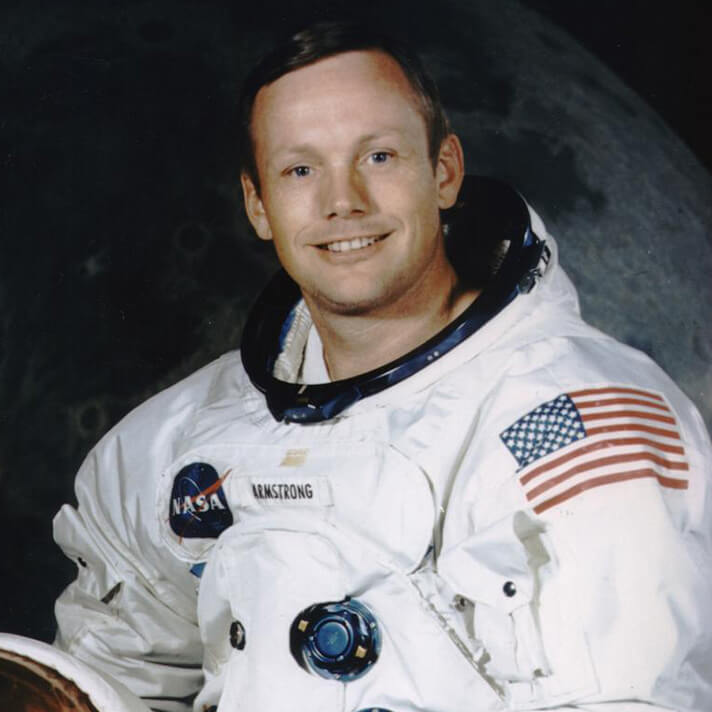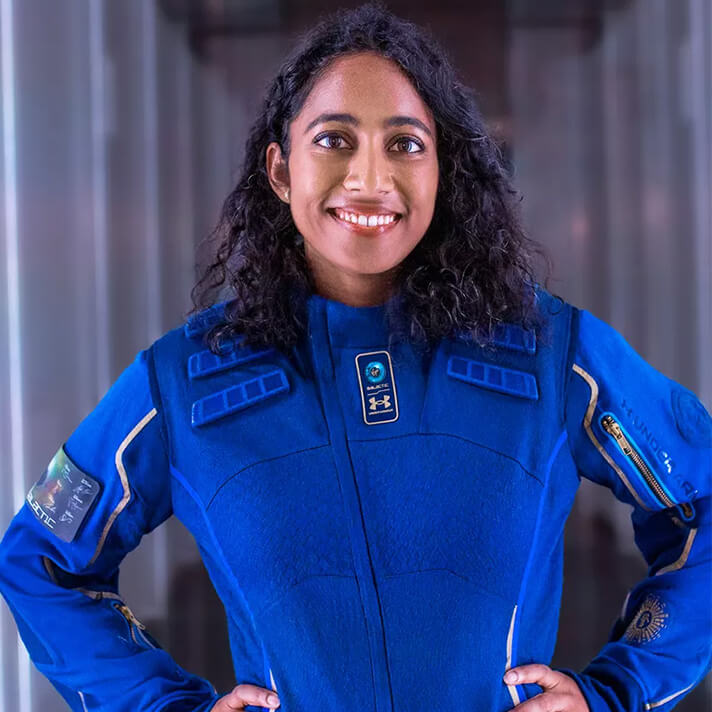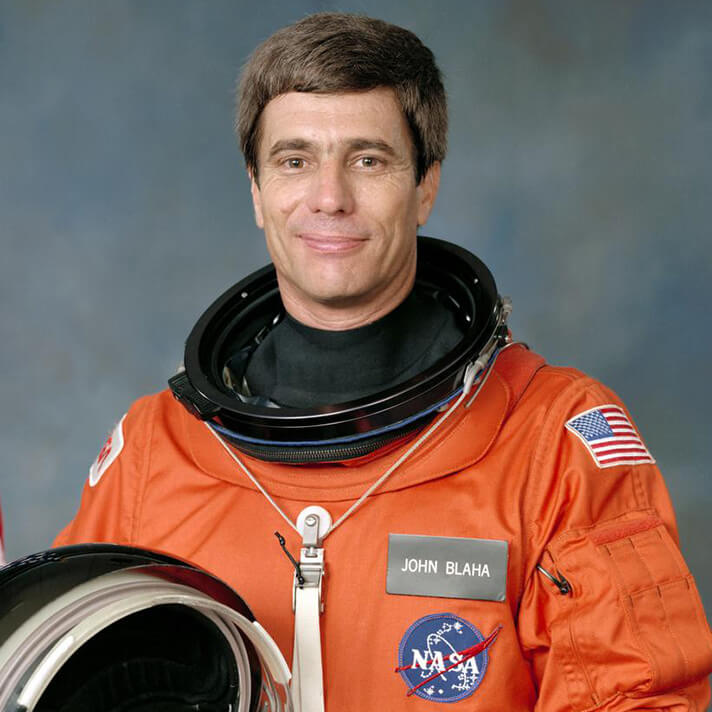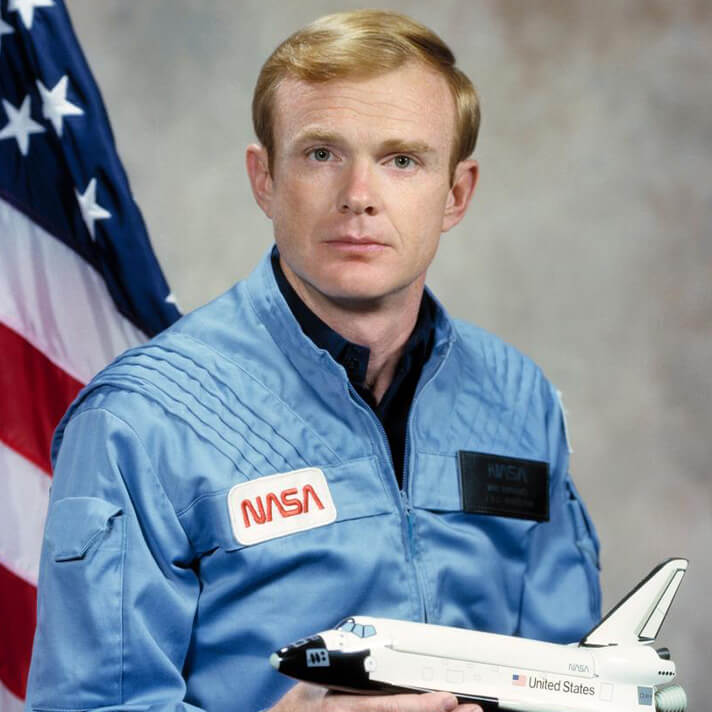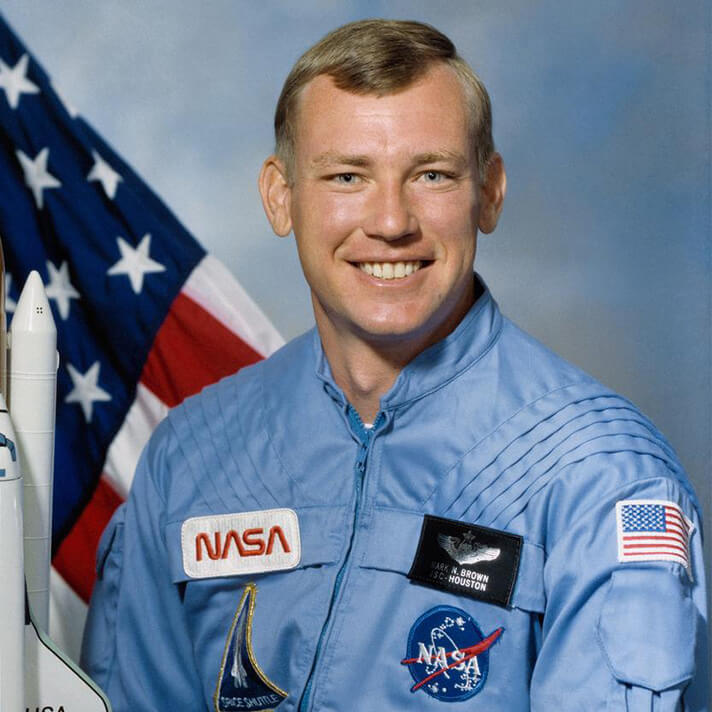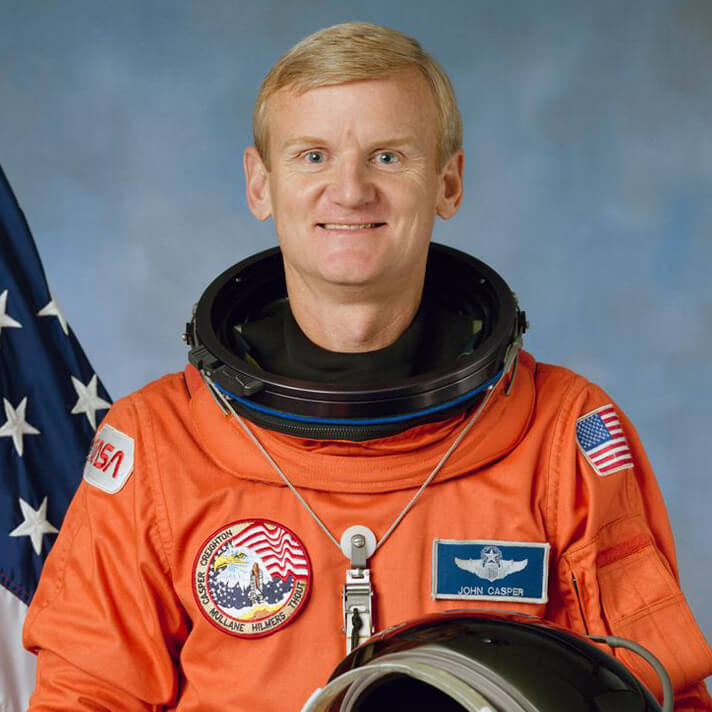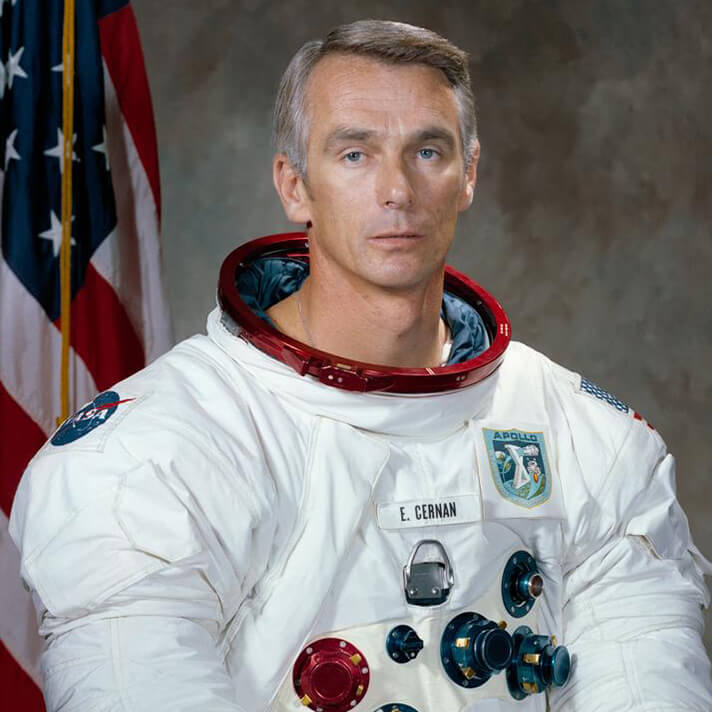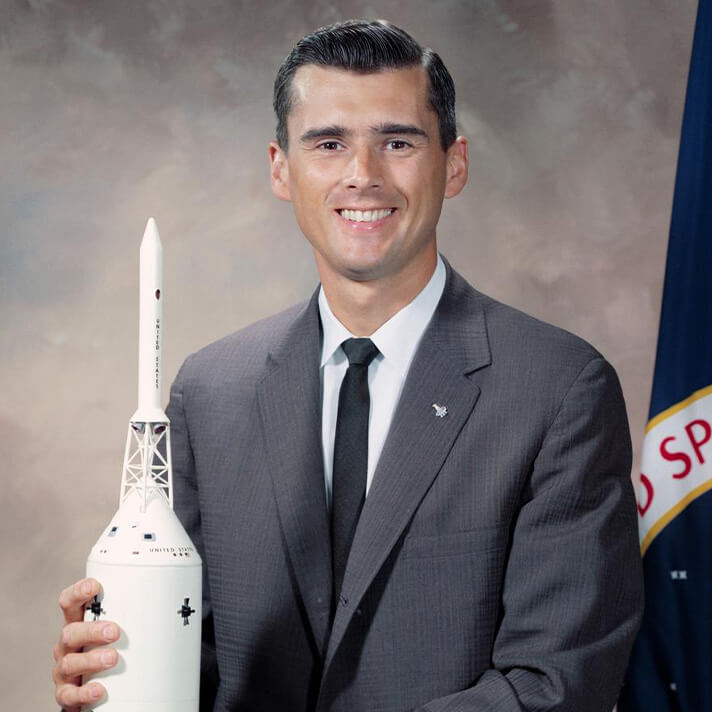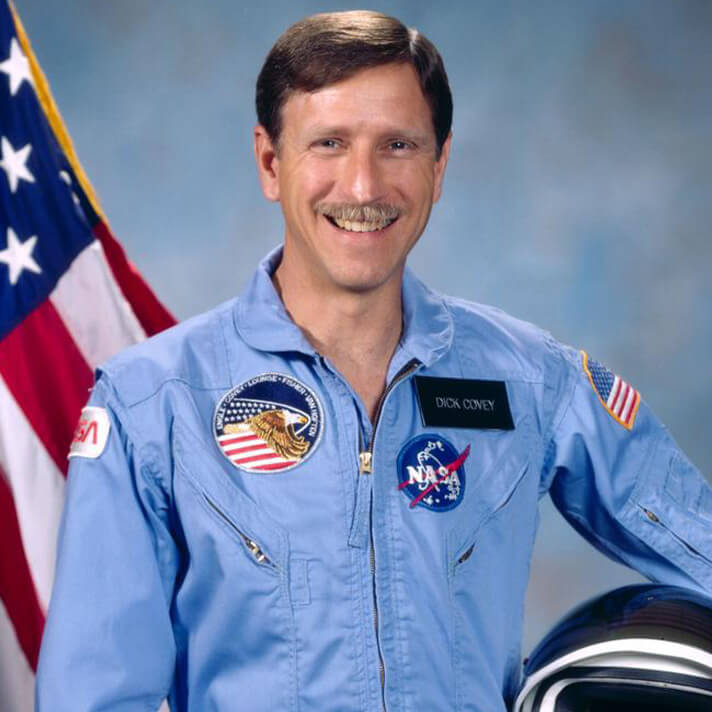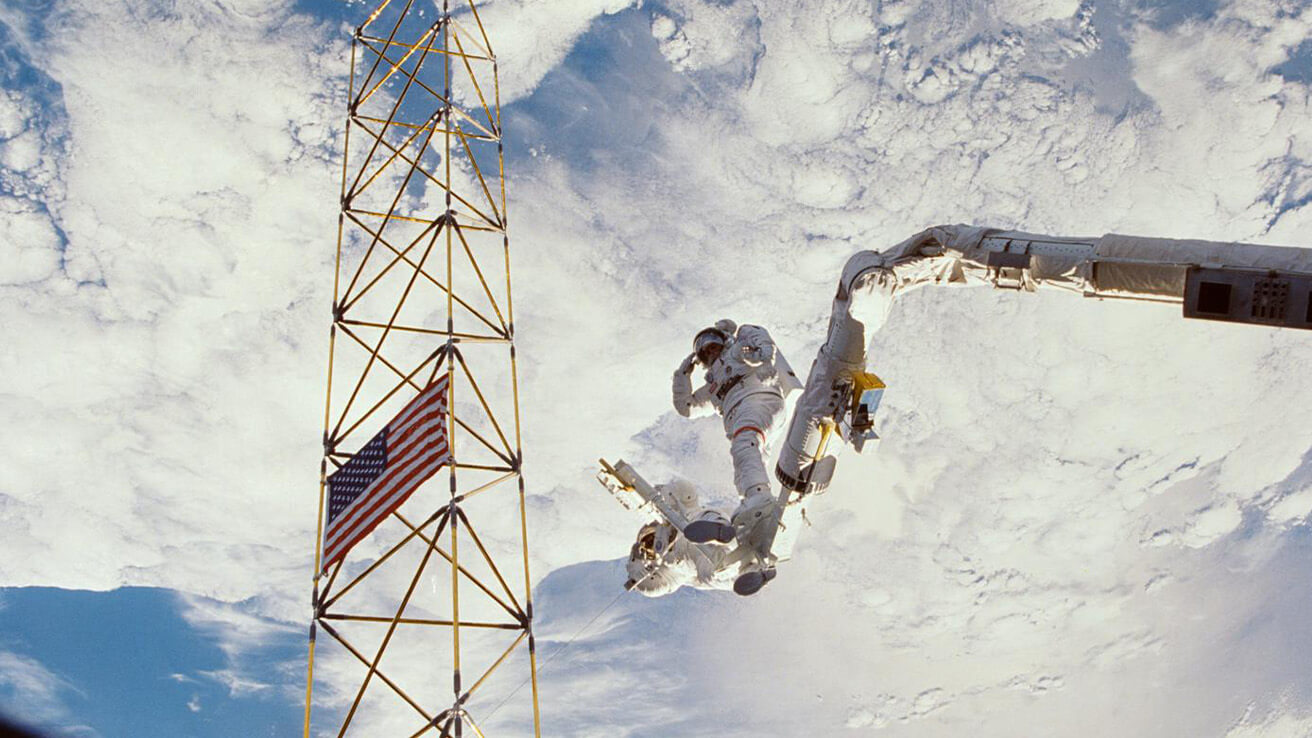
Jerry Ross
BS mechanical engineering ’70
MS mechanical engineering ’72
Born: 1948
Missions: STS-61, 27, 37, 55, 74, 88, 110
A veteran of seven spaceflights, Jerry Ross spent more than 1,393 hours in space, including 58 hours, 18 minutes on nine spacewalks. When he retired from NASA in 2012, Ross was the only person to have been launched into space seven times. His nine spacewalks and 58-plus hours on spacewalks both currently rank third in the world and second among NASA astronauts.
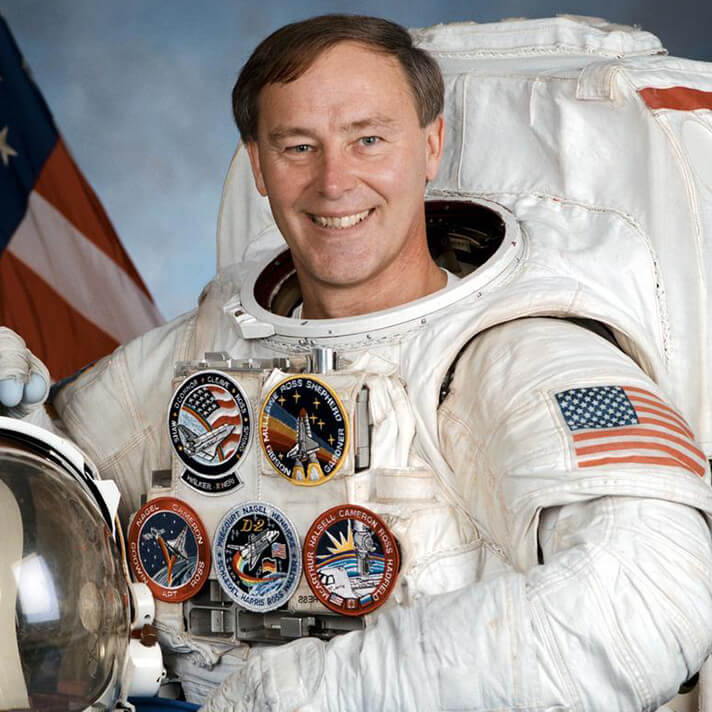
Jerry Ross NASA Bio
Learn More
After being selected as an astronaut in 1980, Ross first flew aboard space shuttle Atlantis on the STS-61-B mission in 1985, where the crew successfully deployed three satellites. In 1988, the STS-27 mission (again aboard Atlantis) carried a classified payload for the Department of Defense. On STS-37 (Atlantis) in 1991, the crew deployed the 35,000-pound Gamma Ray Observatory.
On the 1993 Spacelab D-2 mission (STS-55 aboard Columbia), Ross worked with fellow crew members in conducting nearly 90 experiments. Then, aboard Atlantis for STS-74 in 1995, he participated in NASA’s second shuttle docking with the Russian space station Mir. In 1998, Ross served on STS-88 (aboard Endeavour), which was the first International Space Station assembly mission. He completed his final mission in 2002 on STS-110 (Atlantis), where the crew installed the backbone of the space station’s truss structure.
Ross served as a mission specialist on all seven of his spaceflights, leveraging his engineering expertise on spacewalks where he conducted critical testing and repair and, perhaps most notably, completed key assembly and installation work on the ISS. On his first two spaceflights, Ross traveled alongside fellow Boilermaker astronauts: payload specialist Charles Walker on STS-61-B and pilot Guy Gardner on STS-27.
A native of Crown Point, Indiana, Ross fulfilled a childhood dream by attending Purdue, becoming an engineer and joining the U.S. space program. During his time at Purdue, Ross worked in the jet propulsion laboratory, joined the Reamer Club and was active in Air Force ROTC, receiving his commission after graduating in 1970. He entered active duty after completing his master’s degree in 1972 and conducted engineering research and testing at the Ramjet Engine Division of Air Force Aero-Propulsion Laboratory at Wright-Patterson Air Force Base in Ohio.
Purdue presented Ross with an Honorary Doctor of Science degree in 2000. He retired from the Air Force in 2000 and NASA in 2012.
